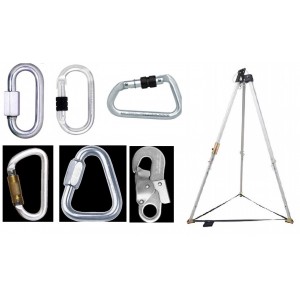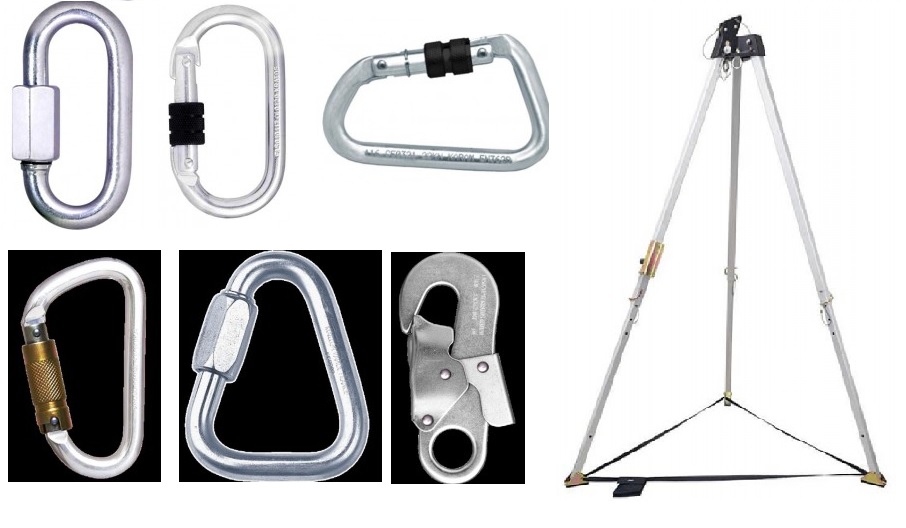Working at height is an extremely common everyday occurrence in many businesses and operations around the UK. It can mean working at great heights, many storeys above the ground, or it can also mean working at much smaller distances.
Regardless of the height at which you are working, safety remains a priority. You want to rest easy knowing that the equipment that you are using will keep you fully protected at all times. Anchoring equipment and connectors are of vital importance to get right - it is no good wearing a body harness if you are not anchored to an appropriate fixed point.
What is classified as working at height?
It’s important to note that working at height does not mean you are hundreds of metres above the ground! In fact, the Health and Safety Executive specifies it as:
"Work at height means work in any place where, if precautions were not taken, a person could fall a distance liable to cause personal injury. You are working at height if you:
- Work above ground/floor level
- Could fall from an edge, through an opening or fragile surface or
- Could fall from ground level into an opening in a floor or a hole in the ground"
You must take all necessary precautions when working at height, carry out risk assessments and ensure the correct equipment is used.
Now, if you’re looking for equipment that you can rely on, then we have just the right pieces!
Height Safety connectors and anchorage
There are multiple options available when it comes to connectors and anchorage regarding height safety applications. Anchorage tends to be the place that you and your safety harness are anchored too. This could be a beam, pole, fixed hook or an anchorage tripod when out and about on location. Whatever or wherever you anchor too you must ensure it can withstand the loads and forces that it will incur should a fall take place.
Connectors relate to those small devices which connect the harness to other safety equipment such as a lanyard. They come in multiple formats but karabiners are perhaps the most popular, typically having a snap lever lock they are quick to use and create a safe and secure connection. Take a look at some other options on our safety harness connectors page.
The above are just some of the ways that you can securely anchor yourself to a fixed point, while working at height. There are many other equipment considerations that you must make if you plan to operate in these conditions, and for that we would recommend taking a look at our height safety equipment.
Other things to consider
There are various rules and regulations that you must abide by should you be planning to work at height. Please familiarise yourself with The Work at Height Regulations 2005, as well as the Lifting Operations and Lifting Equipment Regulations 1998 (LOLER).
It is also important to speak to your lifting equipment manufacturer before conducting any operation; you can find our contact details below.
Find out more from us
Clearly, as you can see from the above, there are many different types of equipment on offer, and we have several pieces contained within each category. If you are looking for connection or anchoring points, then the first most important step is to speak to us.
By finding out more about what it is you’re looking for, and how you want to conduct your operation, we can help filter down the choices and provide you with tailored recommendations. To begin this process, please find a full list of our contact details here.
Posted On: December 12, 2017

